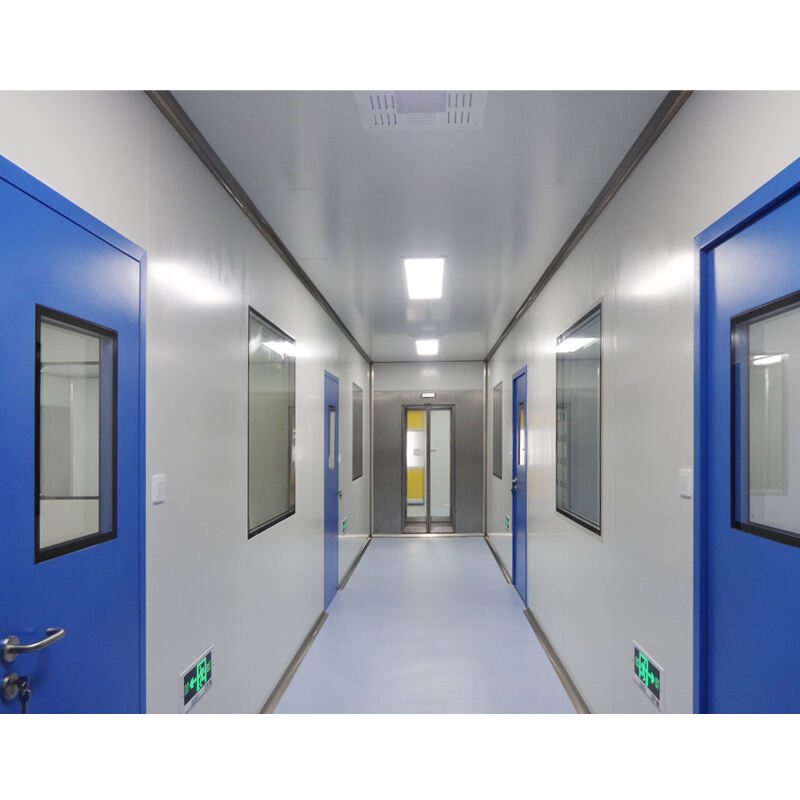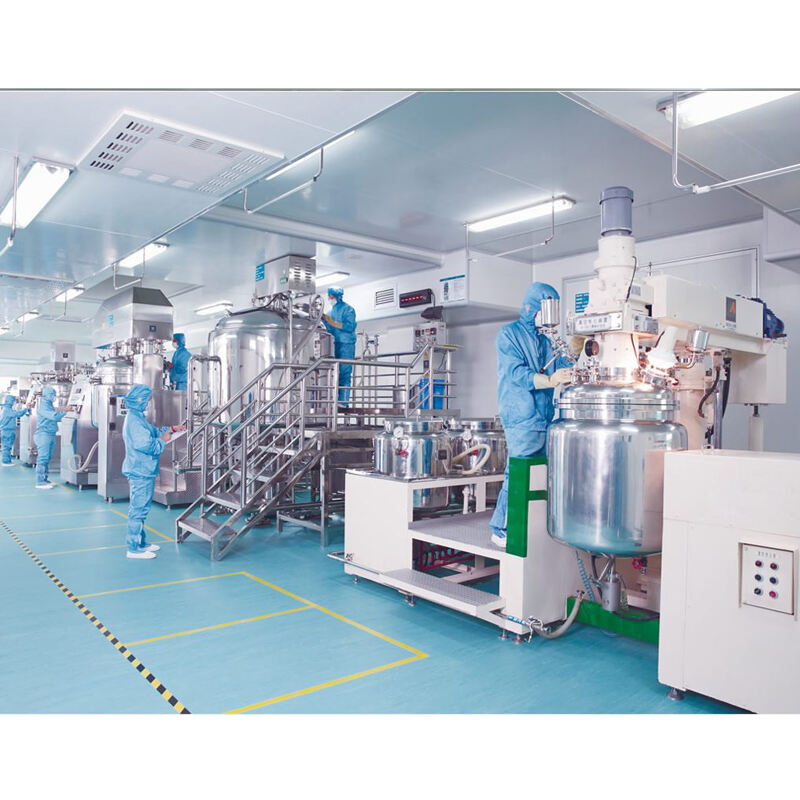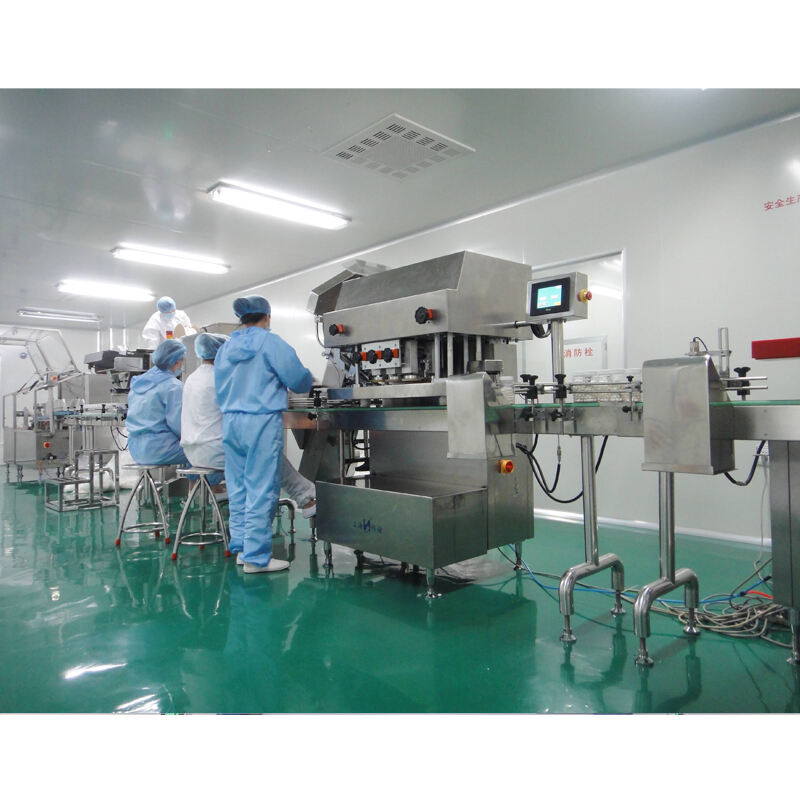clean room levels
Clean room levels, also known as cleanroom classifications, represent standardized environments designed to maintain precise control over airborne particles, temperature, humidity, and pressure. These specialized spaces are categorized according to ISO standards, ranging from ISO Class 1 (most stringent) to ISO Class 9 (least stringent). Each level specifies the maximum allowable particles per cubic meter of air at specified particle sizes. Clean rooms employ sophisticated air handling systems with HEPA or ULPA filters to remove contaminants, maintain positive air pressure, and ensure consistent airflow patterns. These controlled environments are essential in industries requiring pristine conditions, such as semiconductor manufacturing, pharmaceutical production, medical device assembly, and aerospace components fabrication. The infrastructure includes airlocks, gowning rooms, and specialized materials that minimize particle generation. Advanced monitoring systems continuously track environmental parameters, while strict protocols govern personnel movement and material transfer to maintain cleanliness standards. These facilities represent a significant investment in quality control and contamination prevention, enabling precise manufacturing processes and research activities that would be impossible in conventional environments.


